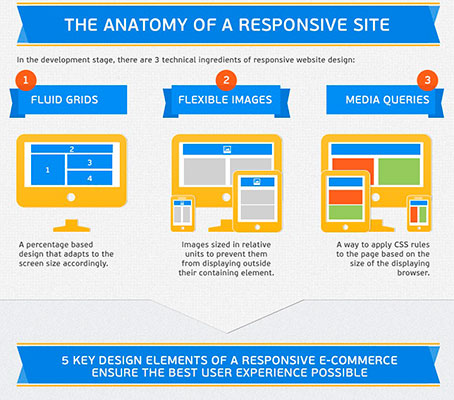Join Us As We Embark On A Trip Via Time, Discovering The Development Of Website Design And Just How It Has Actually Impacted The Electronic Landscape
Join Us As We Embark On A Trip Via Time, Discovering The Development Of Website Design And Just How It Has Actually Impacted The Electronic Landscape
Blog Article
Content By-Monroe Harding
In the past, internet sites were easy and concentrated on info. Navigation was direct, and style was for desktop computers. Now, customer experience is vital. Data overviews layouts for easy navigating. Responsive formats match different tools. Today, dark mode reduces strain, and minimal food selections improve navigating. Interactive functions involve customers, and vibrant visuals stand apart. wordpress design and development increases interaction. See exactly how style has actually developed to improve your on the internet journey.
Early Days of Website Design
In the very early days of web design, simpleness reigned supreme. Internet sites were fundamental, with limited colors, font styles, and designs. The emphasis was on giving information as opposed to showy visuals. Customers accessed the net through slow-moving dial-up links, so speed and performance were vital.
Navigation food selections were straightforward, generally situated on top or side of the web page. Web sites were created for home computer, as mobile browsing had not been yet prevalent. Material was king, and developers focused on simple readability over complex layout elements.
HTML was the key coding language utilized, and designers had to function within its constraints. Computer animations and interactive attributes were very little contrasted to today's requirements. Sites were fixed, with little dynamic content or customized individual experiences.
Increase of User-Focused Design
With the development of site style, a change in the direction of user-focused style concepts has actually come to be increasingly popular. Today, developing sites that prioritize customer experience is vital for engaging site visitors and attaining service goals. User-focused layout entails understanding the requirements, preferences, and behaviors of your target audience to customize the internet site's format, content, and features as necessary.
Designers currently conduct thorough research study, such as user studies and use testing, to gather understandings and comments straight from individuals. This data-driven approach assists in producing intuitive navigation, clear calls-to-action, and aesthetically attractive user interfaces that reverberate with site visitors. By putting the individual at the center of the layout procedure, websites can provide an extra personalized and delightful experience.
Responsive style has additionally emerged as a key element of user-focused design, guaranteeing that internet sites are optimized for different devices and display sizes. This adaptability boosts availability and functionality, dealing with the diverse ways users communicate with sites today. In essence, the increase of user-focused style signifies a shift towards creating electronic experiences that focus on the needs and assumptions of completion customer.
Modern Trends in Web Design
Explore the current fads shaping website design today. One popular pattern is dark setting design, using a sleek and modern appearance while lowering eye strain in low-light atmospheres. One more crucial pattern is minimalist navigation, simplifying menus and improving customer experience by focusing on essential elements. Including micro-interactions, such as animated buttons or scrolling effects, can produce a much more interesting and interactive web site. Responsive design continues to be important, ensuring seamless user experiences across various tools. Furthermore, using strong typography and asymmetrical layouts can include aesthetic interest and accentuate details content.
Integrating AI technology, like chatbots for customer assistance or personalized suggestions, improves customer involvement and enhances procedures. Ease of access has additionally end up being a significant pattern, with developers prioritizing inclusive layout methods to satisfy diverse customer demands. Accepting sustainability by enhancing internet site efficiency for speed and performance is one more arising trend in web design. Collaborating with customer comments and data analytics to repeat and improve design continuously is vital for staying pertinent in the ever-evolving digital landscape. By embracing these modern-day trends, you can create a visually enticing, straightforward site that reverberates with your audience.
Final thought
As you reflect on the evolution of site layout from the early days to currently, you can see exactly how user-focused style has come to be the driving force behind modern-day fads.
Accept visit the up coming article of adjustment and adaptation in website design, always maintaining the individual experience at the forefront.
Remain existing with the current patterns and innovations, and never quit advancing your method to create visually spectacular and straightforward web sites.
Advance, adapt, and produce - the future of website design remains in your hands.
